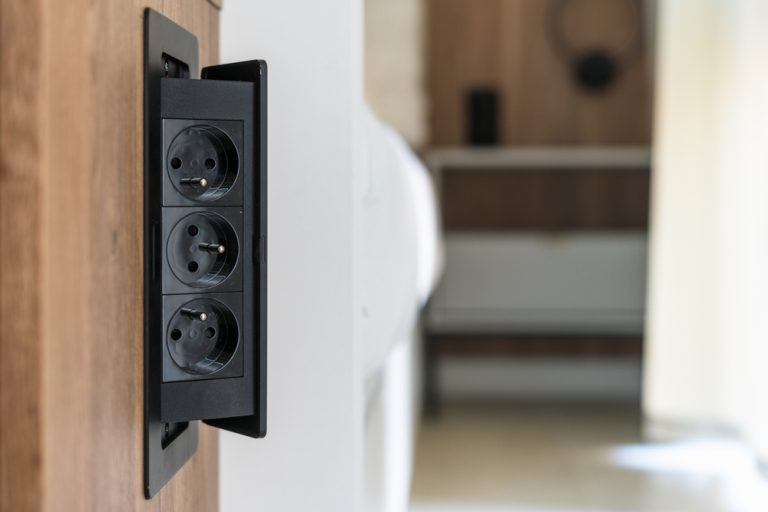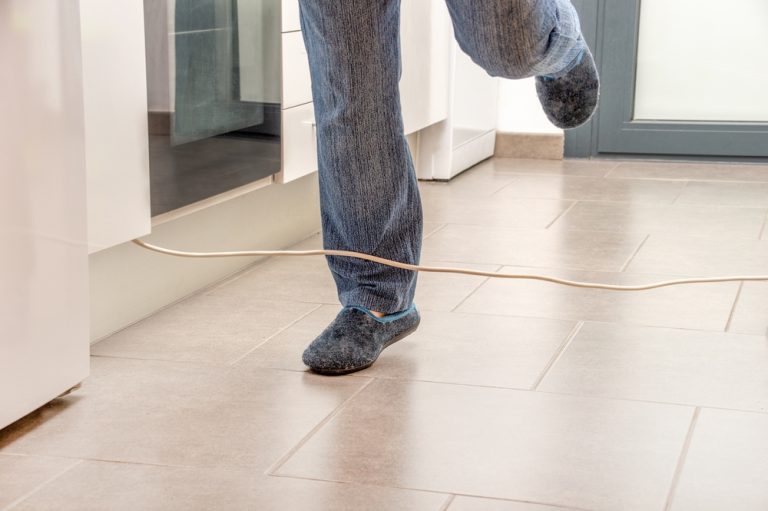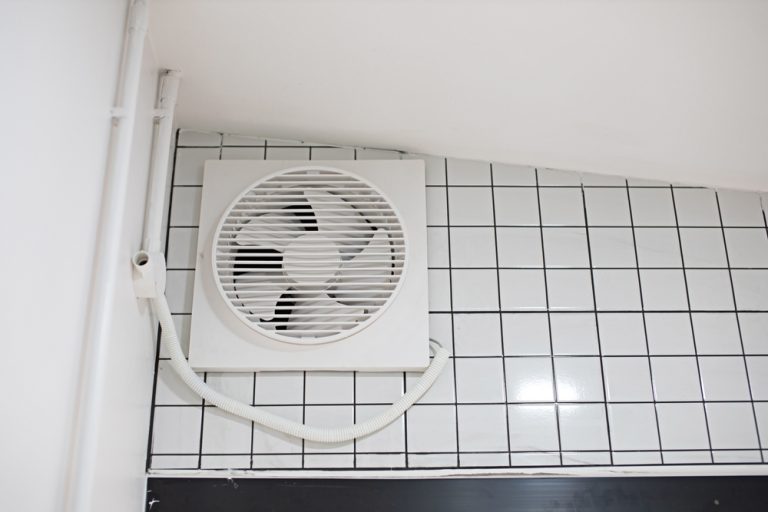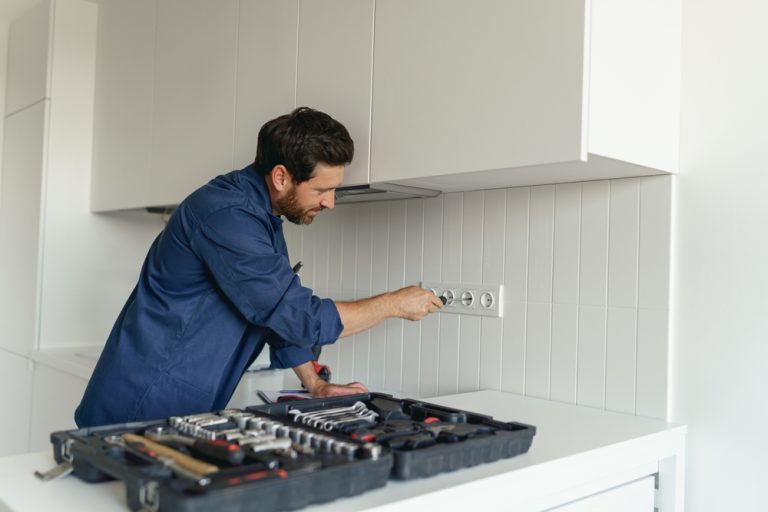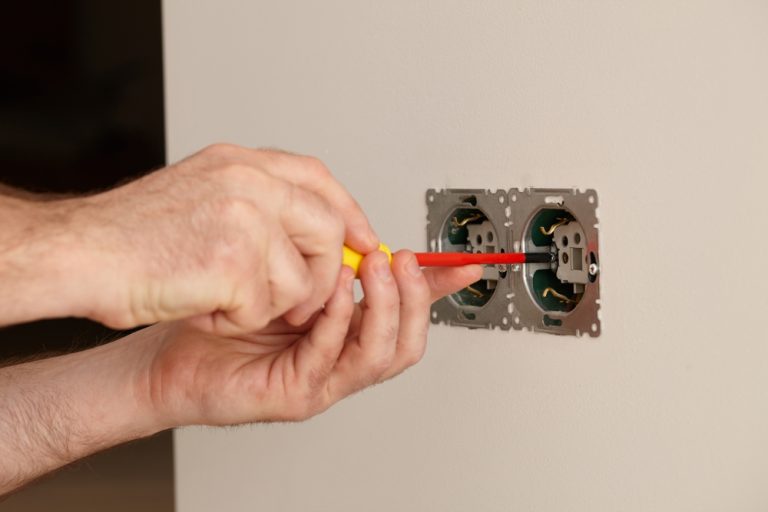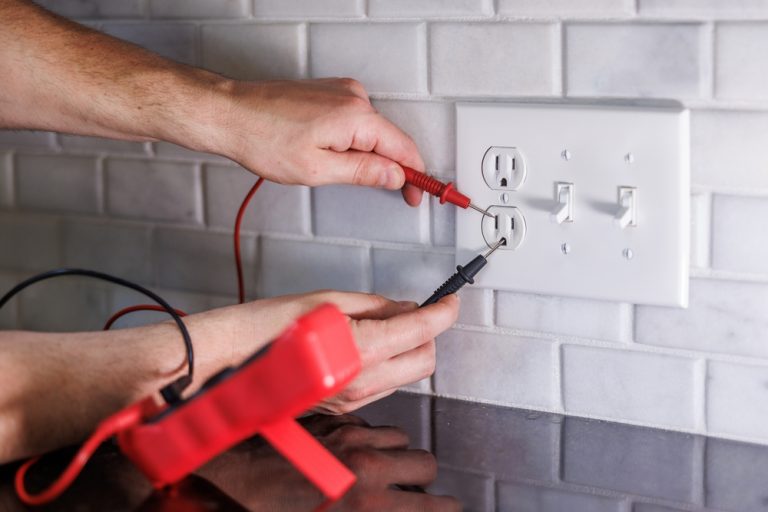How to Prevent Electric Shock in the Kitchen?
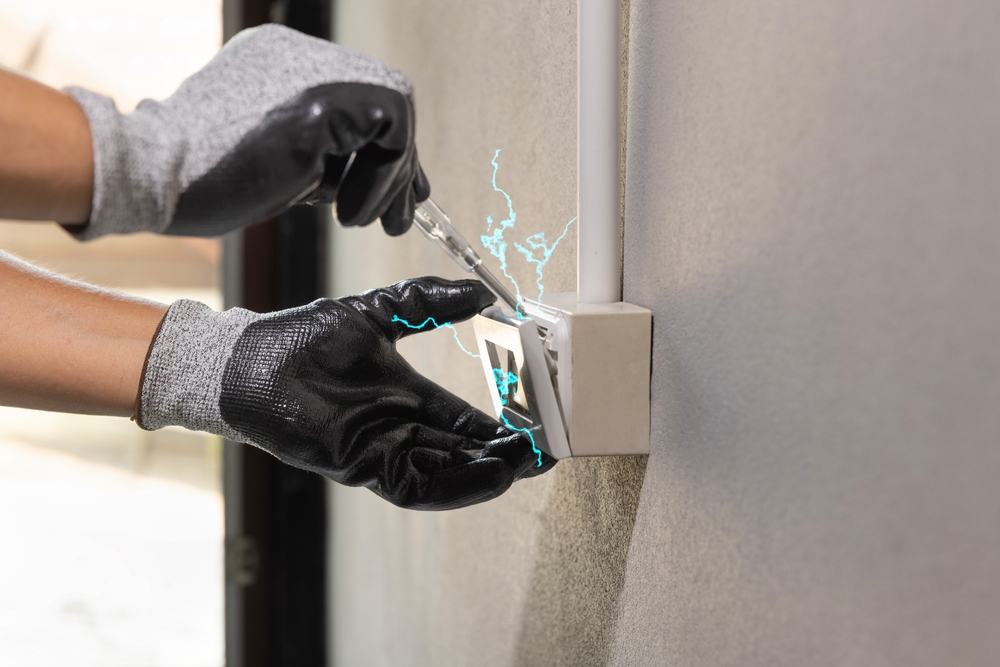
The kitchen is one of the most used spaces in a home, but it’s also an area where electrical hazards can pose serious risks. From appliances to outlets near water sources, the potential for electric shock is high if safety precautions aren’t taken seriously. Knowing how to prevent electric shock in the kitchen can keep you and your family safe while cooking and using electrical appliances.
In this blog, we will explore key safety tips, practices, and habits to minimize the risk of electric shock in your kitchen.
Understanding the Risks of Electric Shock in the Kitchen
Electric shock occurs when electricity flows through the body, typically from contact with faulty appliances, exposed wires, or electrical outlets. Kitchens are particularly vulnerable to these risks due to the combination of water, heat, and electrical appliances.
Knowing how to prevent electric shock in the kitchen is critical because the presence of water amplifies the risk. Even a small amount of moisture can cause electricity to travel more easily, potentially leading to a dangerous situation.
Common Sources of Electric Shock in the Kitchen
- Faulty or damaged appliances
- Wet hands or surfaces in contact with electrical devices
- Poorly installed electrical outlets
- Use of extension cords near water
- Lack of proper grounding in electrical systems
Keep Electrical Appliances Dry
One of the most fundamental rules in learning how to prevent electric shock in the kitchen is to keep all electrical appliances dry. Water is an excellent conductor of electricity, so even a small splash near an appliance can lead to a dangerous situation. Always make sure your hands are dry before touching any appliance, and keep surfaces dry as well.
Appliance Safety Tips
- Wipe Down Counters: After washing dishes or cooking, wipe down any counters near electrical outlets or appliances to ensure there is no water that could cause a shock.
- Keep Appliances Away from Sinks: Avoid placing toasters, blenders, or other appliances close to the sink or any water source. If possible, position them on counters far from wet areas.
- Dry Appliances Before Use: If an appliance accidentally gets wet, unplug it immediately and dry it thoroughly before plugging it back in or using it.
Also Read – How to Pack Kitchen Appliances for Moving?
Inspect and Maintain Kitchen Appliances Regularly
Knowing how to prevent electric shock in the kitchen also involves regularly inspecting your appliances to ensure they are in good working order. Faulty or damaged appliances are a common cause of electric shocks.
Signs of Potential Problems
- Frayed Wires or Cords: Regularly check appliance cords for signs of fraying or exposed wires. Replace them immediately if you notice any damage.
- Loose Plugs: If a plug no longer fits snugly into an outlet, it could be a sign of wear that needs attention. Loose plugs can lead to electrical arcing, which increases the risk of shock.
- Sparking or Smoking Appliances: If an appliance emits sparks or smoke, unplug it immediately and discontinue use until it has been checked or replaced.
Proper maintenance, such as cleaning out the vents on microwaves or ovens and replacing old or damaged parts, can help prevent electric shocks and ensure your appliances run smoothly.
Use Ground Fault Circuit Interrupters (GFCIs)
A key solution to understanding how to prevent electric shock in the kitchen is installing Ground Fault Circuit Interrupters (GFCIs). GFCIs are specially designed outlets that automatically shut off the power when they detect a fault or leakage in the electrical current, preventing shocks.
Where to Install GFCIs
- Near Sinks: It’s critical to have GFCI outlets installed near the sink, where water is frequently used.
- Countertop Outlets: Any outlet where appliances like blenders, mixers, or coffee makers are plugged in should ideally be a GFCI outlet.
- Outdoor and Wet Areas: If you have an outdoor kitchen or wet areas connected to the kitchen, ensure that these spaces are equipped with GFCI outlets.
If your home doesn’t have GFCI outlets installed, consider hiring a licensed electrician to update your kitchen’s electrical system. This simple change can greatly reduce the risk of electric shock.
Avoid Using Extension Cords and Overloading Outlets
One of the most overlooked aspects of how to prevent electric shock in the kitchen is improper use of extension cords or overloading outlets. Kitchens are often filled with appliances, and plugging too many devices into a single outlet can lead to overheating, which may cause an electrical shock or fire.
Best Practices for Electrical Outlets
- Use Multiple Outlets: Avoid plugging multiple high-power appliances like microwaves and coffee makers into the same outlet. Spread out the electrical load by using different outlets in the kitchen.
- Limit Extension Cord Use: If you must use an extension cord, ensure it is rated for the wattage of the appliances you’re using and is positioned away from water sources.
- Unplug Appliances When Not in Use: Unplugging appliances when they aren’t being used reduces the risk of electric shock and can also save energy.
Wear Insulating Footwear
Another overlooked tip for how to prevent electric shock in the kitchen is to wear proper footwear. If an electrical shock does occur, wearing shoes with rubber soles can help insulate your body and minimize the severity of the shock.
Why Insulating Footwear Matters?
- Rubber is a poor conductor of electricity, meaning that it can provide a barrier between your body and the ground, reducing the risk of the electrical current passing through you.
- Wearing shoes with good grip and insulation can also help if you’re standing on wet surfaces, which can increase the chances of an electric shock.
Use Appliances with Grounded Plugs
Using kitchen appliances that have grounded plugs (three-pronged plugs) is another effective way to prevent electric shock. Grounded plugs provide an extra layer of protection by ensuring that excess electricity is safely discharged into the ground.
Why Grounded Plugs are Important?
Two-pronged plugs do not offer the same level of protection as grounded, three-pronged plugs. The third prong connects to the grounding system, helping to prevent electric shocks when an appliance malfunctions.
If you live in an older home with only two-pronged outlets, consider having them upgraded by a professional electrician to support grounded plugs.
Conclusion
Understanding how to prevent electric shock in the kitchen is crucial for creating a safe cooking environment. By keeping appliances dry, using GFCI outlets, maintaining and inspecting your appliances regularly, and following other safety practices like wearing insulating footwear and avoiding overloaded outlets, you can significantly reduce the risk of electrical accidents.
These simple precautions help ensure that your kitchen remains a functional and safe space for your family and guests.

